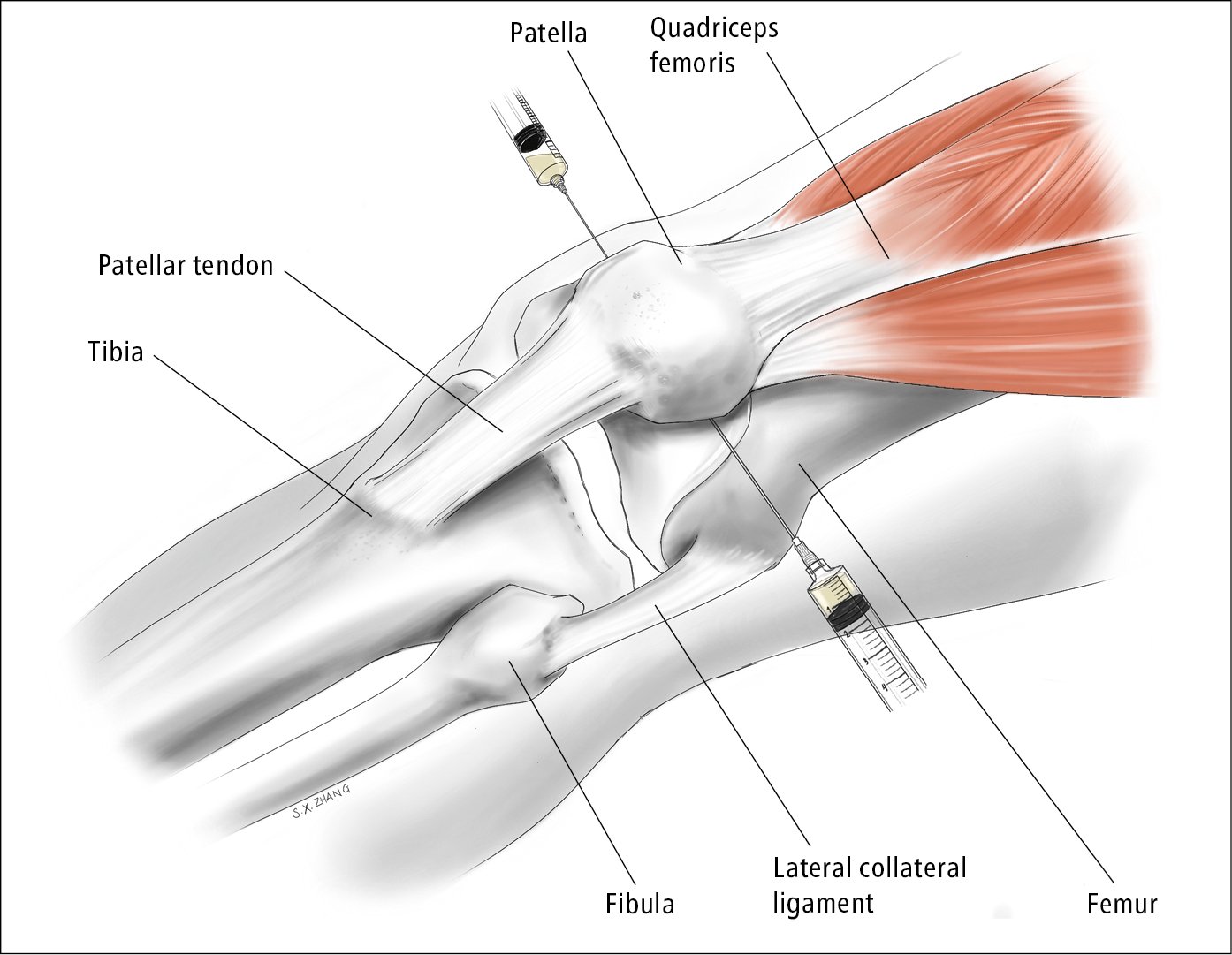
What is arthrocentesis? Arthrocentesis, also known as joint aspiration, is a medical procedure where a needle is used to withdraw fluid from a joint. This technique helps diagnose joint disorders, relieve pain, and reduce swelling. Why is it important? It provides crucial information about joint health, detecting infections, gout, arthritis, and other conditions. How is it performed? A healthcare professional cleans the area, numbs it with local anesthesia, then inserts a needle to extract the fluid. Is it painful? Most people experience minimal discomfort due to the anesthesia. Who needs it? Individuals with unexplained joint pain, swelling, or stiffness might benefit from this procedure. What are the risks? Though generally safe, risks include infection, bleeding, and temporary pain.
What is Arthrocentesis?
Arthrocentesis, also known as joint aspiration, is a medical procedure where a needle is used to withdraw fluid from a joint. This procedure helps diagnose and treat joint disorders. Here are some fascinating facts about arthrocentesis.
-
Arthrocentesis is often performed to diagnose joint disorders. Doctors analyze the fluid to identify infections, gout, or other conditions.
-
It can relieve joint pain. Removing excess fluid reduces pressure and alleviates discomfort.
-
The procedure is usually quick. Most arthrocentesis procedures take less than 30 minutes.
-
Local anesthesia is typically used. This numbs the area, making the procedure relatively painless.
-
It’s commonly performed on knees. Knees are the most frequent site, but it can be done on other joints like elbows, shoulders, and hips.
How is Arthrocentesis Performed?
Understanding the steps involved in arthrocentesis can demystify the process. Here’s a breakdown of how it’s done.
-
The area is cleaned thoroughly. Sterilization prevents infections.
-
A local anesthetic is injected. This numbs the joint area.
-
A needle is inserted into the joint. The doctor carefully guides the needle to avoid damage.
-
Fluid is withdrawn. The amount varies depending on the condition.
-
The fluid is sent to a lab. Analysis helps diagnose the underlying issue.
Why is Arthrocentesis Important?
Arthrocentesis plays a crucial role in diagnosing and managing joint conditions. Here’s why it’s so significant.
-
It helps diagnose infections. Joint infections can be serious, and early diagnosis is vital.
-
It identifies crystal-induced arthritis. Conditions like gout and pseudogout are diagnosed through fluid analysis.
-
It can detect bleeding in the joint. Hemarthrosis, or bleeding into a joint, is identified through this procedure.
-
It guides treatment decisions. Results help doctors choose the best treatment plan.
-
It can monitor disease progression. Regular arthrocentesis checks how a condition is evolving.
Risks and Complications
Like any medical procedure, arthrocentesis carries some risks. Here’s what you need to know.
-
Infection is a rare risk. Proper sterilization minimizes this.
-
There may be some bleeding. Minor bleeding can occur at the needle site.
-
Temporary pain or discomfort is possible. This usually subsides quickly.
-
Joint stiffness might occur. Some patients experience temporary stiffness post-procedure.
-
Allergic reactions to anesthesia are rare. Allergies to local anesthetics are uncommon but possible.
Post-Procedure Care
Taking care of the joint after arthrocentesis is crucial for recovery. Here are some post-procedure tips.
-
Rest the joint. Avoid strenuous activities for a few days.
-
Apply ice. Ice packs reduce swelling and pain.
-
Monitor for signs of infection. Redness, warmth, or fever should be reported to a doctor.
-
Follow up with your doctor. Regular check-ups ensure proper healing.
-
Take prescribed medications. Pain relievers or antibiotics may be recommended.
Interesting Facts
Here are some additional intriguing facts about arthrocentesis.
-
It’s been used for centuries. Ancient physicians practiced joint aspiration.
-
Modern techniques have improved safety. Advances in medical technology have made the procedure safer and more effective.
Final Thoughts on Arthrocentesis
Arthrocentesis, a procedure often overlooked, plays a crucial role in diagnosing and treating joint issues. By extracting synovial fluid, doctors can pinpoint infections, gout, and other conditions. This minimally invasive method not only provides relief but also offers valuable insights into joint health. Knowing what to expect can ease any anxiety about the process. Remember, it's a safe and effective way to address joint pain and swelling. If you're experiencing persistent joint discomfort, discussing arthrocentesis with your healthcare provider might be a wise step. Understanding the benefits and potential outcomes can empower you to make informed decisions about your health. So, next time joint pain strikes, consider the advantages of this straightforward procedure. Your joints will thank you!
Was this page helpful?
Our commitment to delivering trustworthy and engaging content is at the heart of what we do. Each fact on our site is contributed by real users like you, bringing a wealth of diverse insights and information. To ensure the highest standards of accuracy and reliability, our dedicated editors meticulously review each submission. This process guarantees that the facts we share are not only fascinating but also credible. Trust in our commitment to quality and authenticity as you explore and learn with us.
